Minute Man Fossils
Partial Triceratops Vertebra on Stand-Montana
Partial Triceratops Vertebra on Stand-Montana
Couldn't load pickup availability
Taxa: Triceratops sp.
Geology: Hell Creek formation
Age: Cretaceous-Maastrichtian
Locality: Garfield County, Montana
No repairs or restorations.
Triceratops sp.
Triceratops was a large, herbivorous dinosaur that lived during the Late Cretaceous period, around 68 to 66 million years ago. It is one of the most well-known ceratopsians, a group of plant-eating dinosaurs characterized by their horns and frilled skulls. Triceratops had a large frill at the back of its head, two long horns above its eyes, and a smaller horn on its nose. These horns were likely used for defense, intraspecific combat, or display. Triceratops was a quadrupedal dinosaur, meaning it walked on all four legs, and it could grow up to 30 feet long and weigh several tons. Fossils have been found primarily in North America, particularly in the Hell Creek Formation, where it coexisted with other iconic Late Cretaceous species like Tyrannosaurus rex.
Hell Creek formation
The Hell Creek Formation is a geologic formation in North America, primarily spanning Montana, North Dakota, South Dakota, and Wyoming. It dates to the Late Cretaceous period, around 66 million years ago, and is famous for its rich fossil record, including dinosaurs like Tyrannosaurus rex, Triceratops, and Edmontosaurus. It also contains evidence of the Cretaceous-Paleogene (K-Pg) extinction event, including an iridium layer associated with the asteroid impact that contributed to the mass extinction of non-avian dinosaurs. The formation also preserves fossils of plants, mammals, fish, and reptiles, providing valuable insights into prehistoric ecosystems.
Share
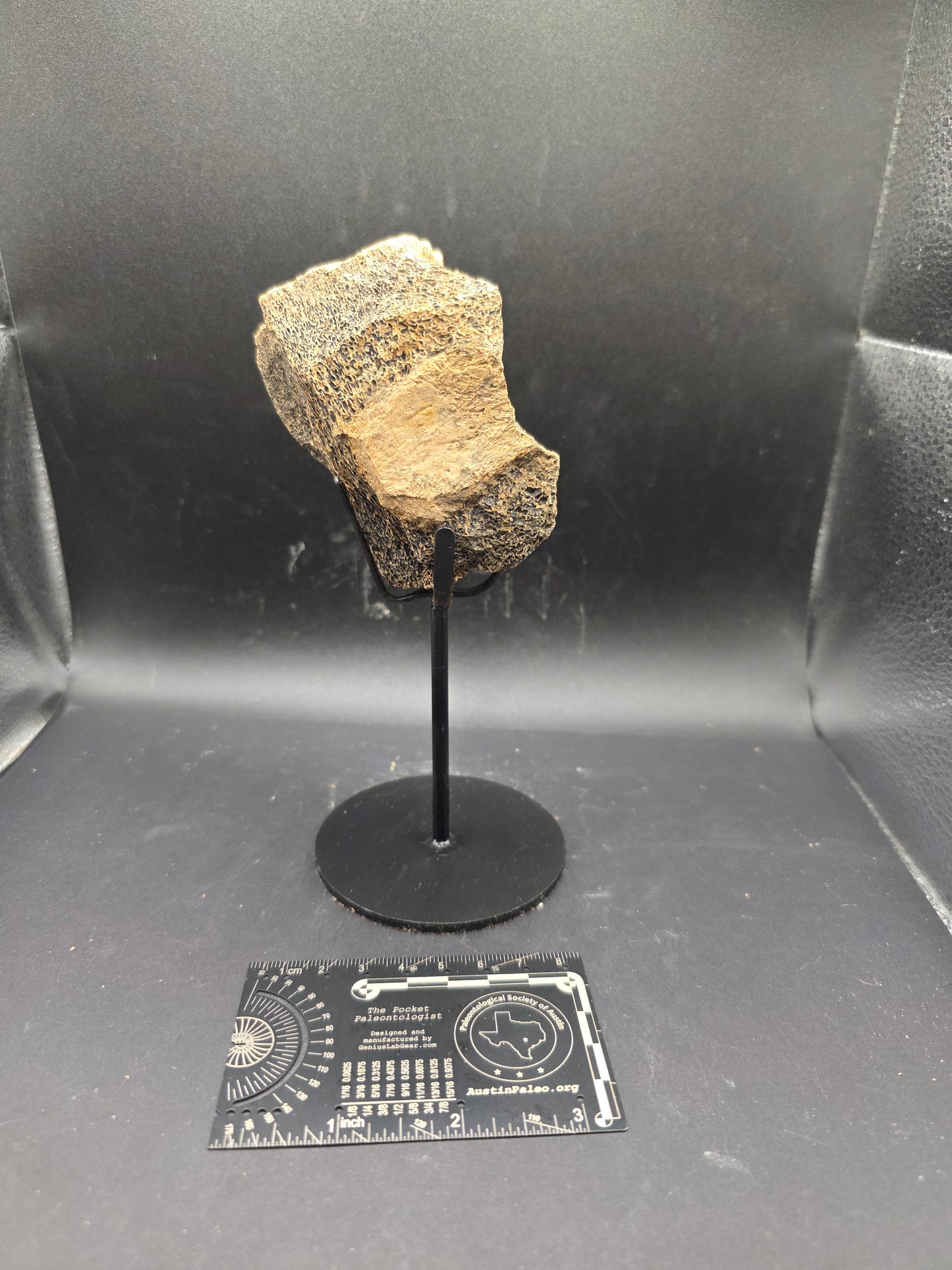
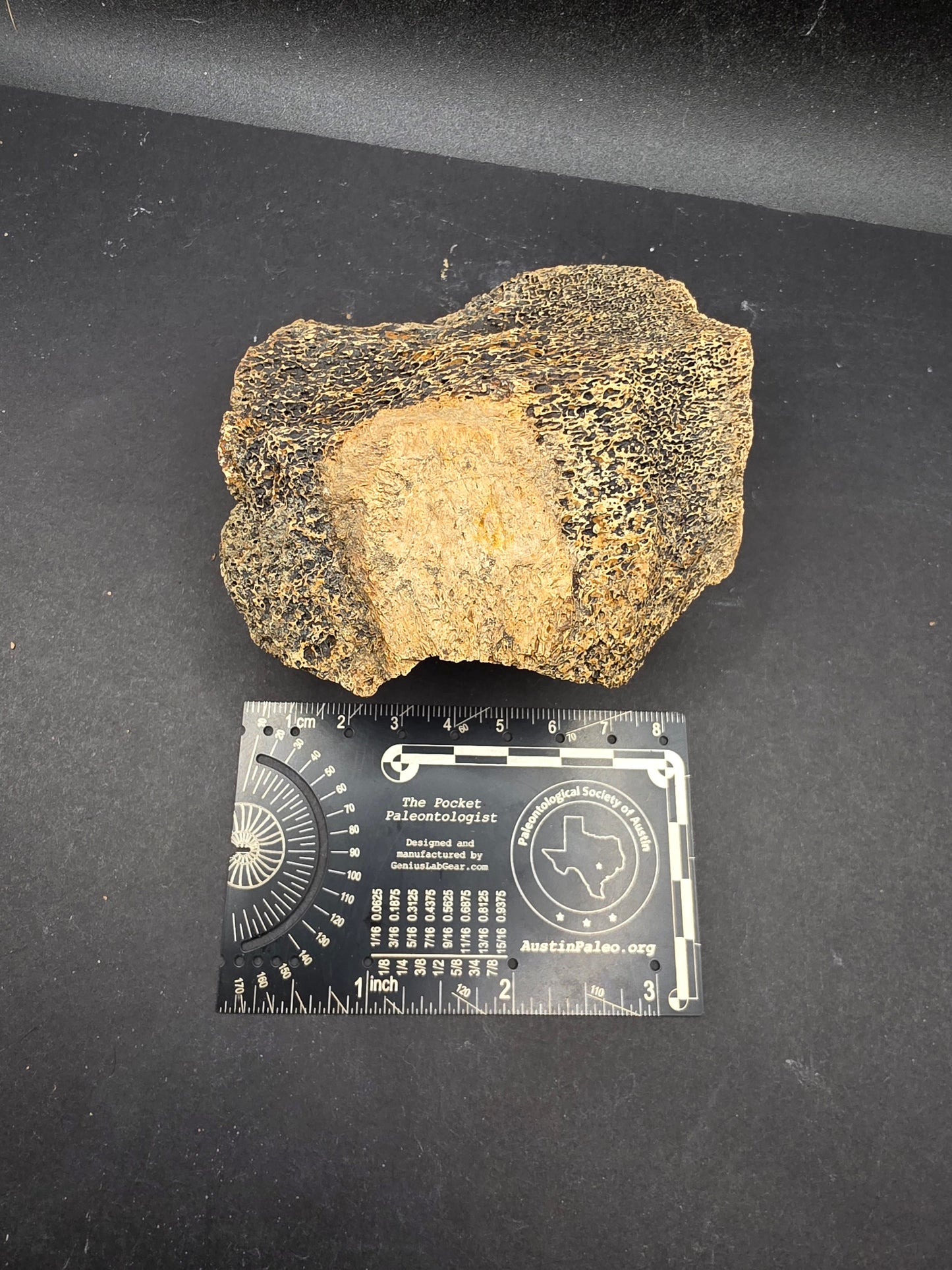
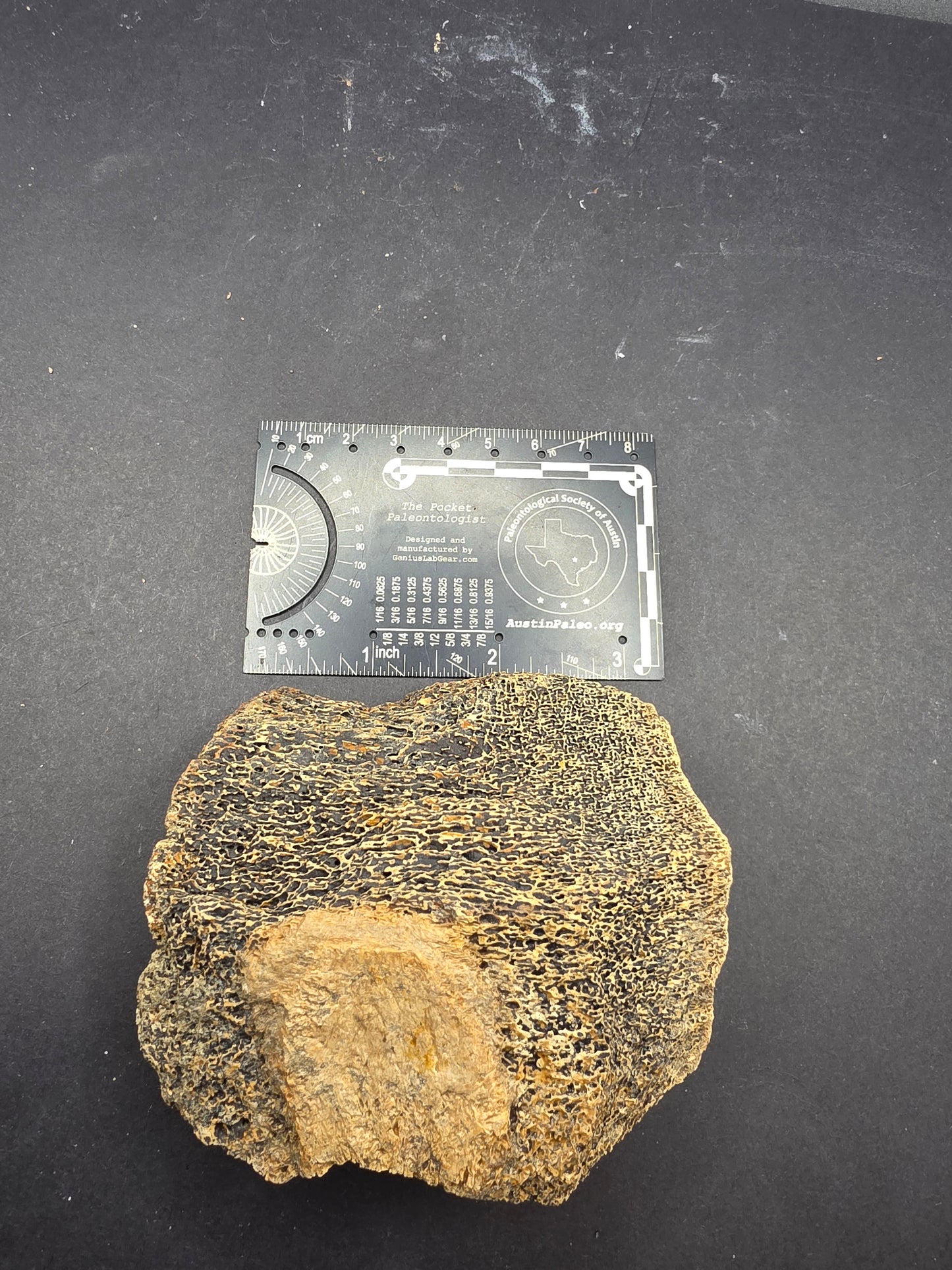
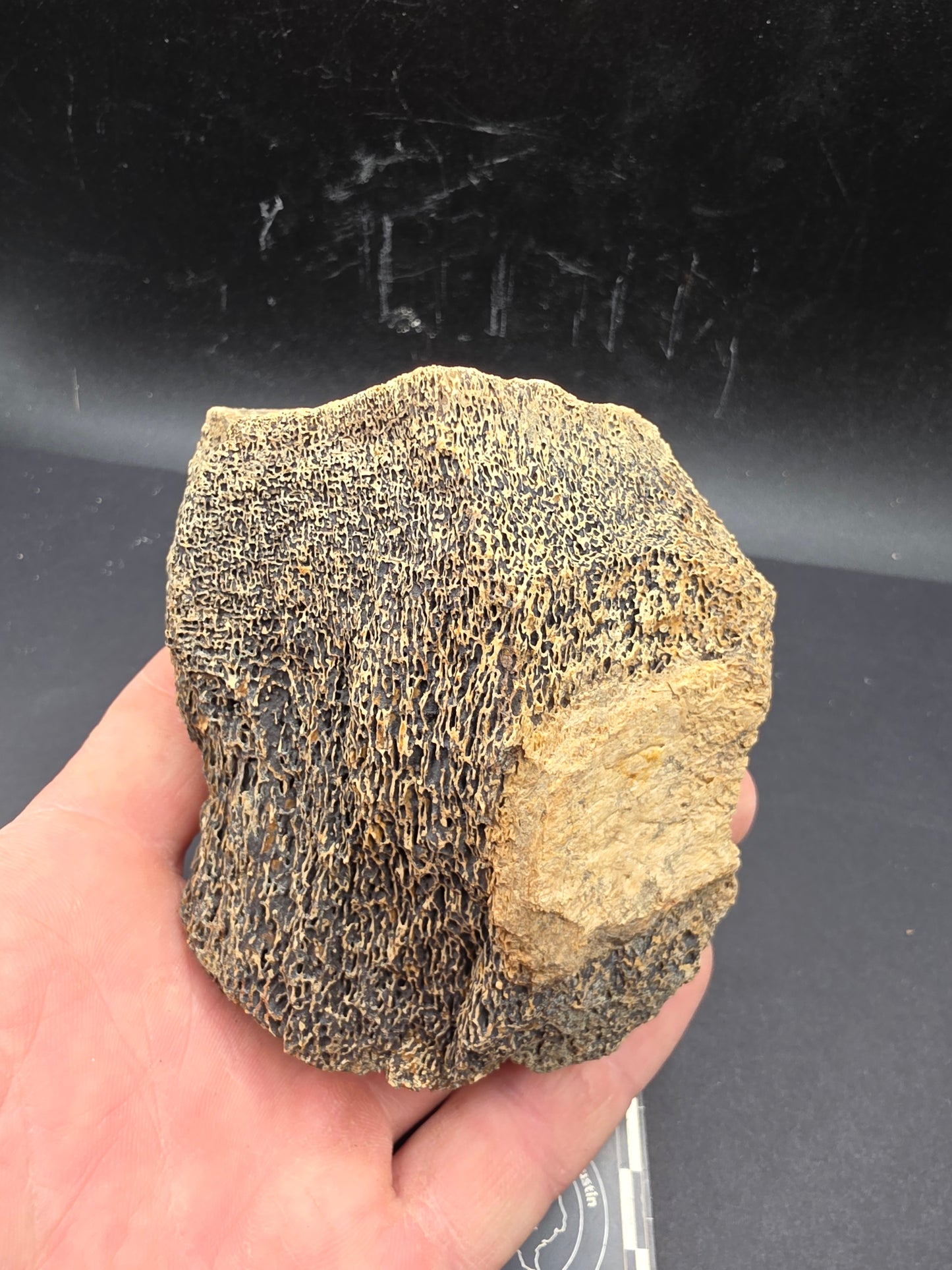
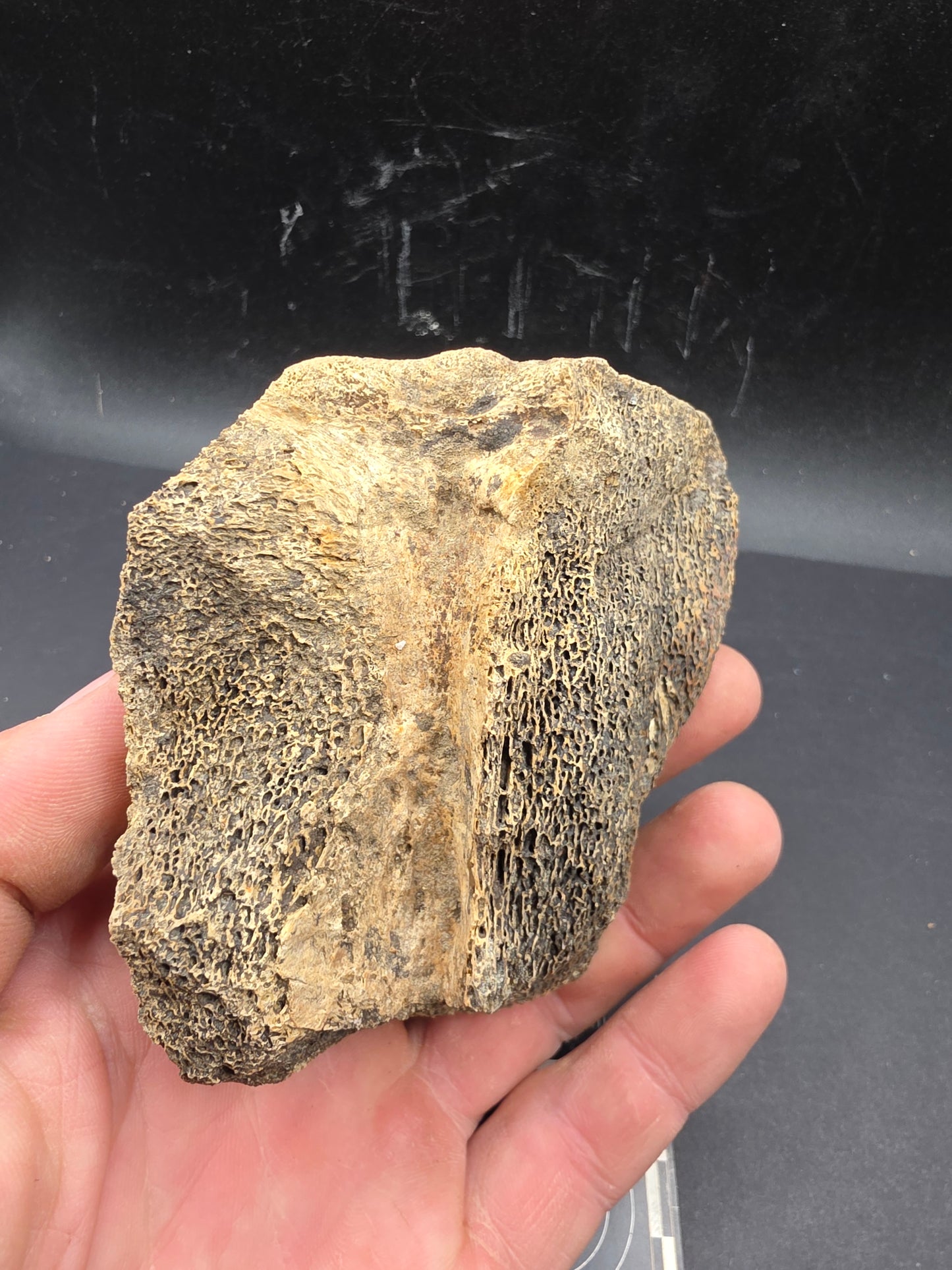
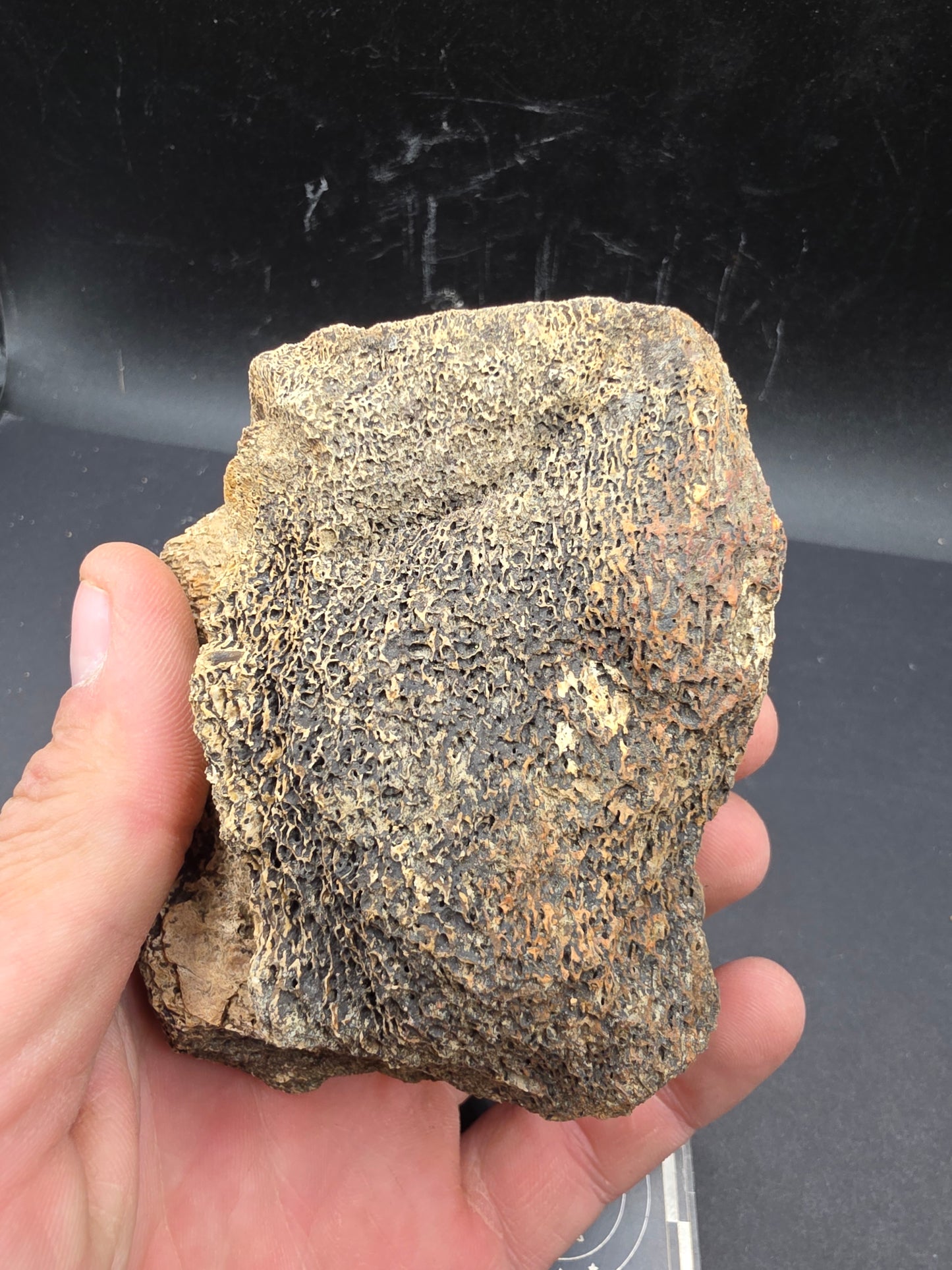
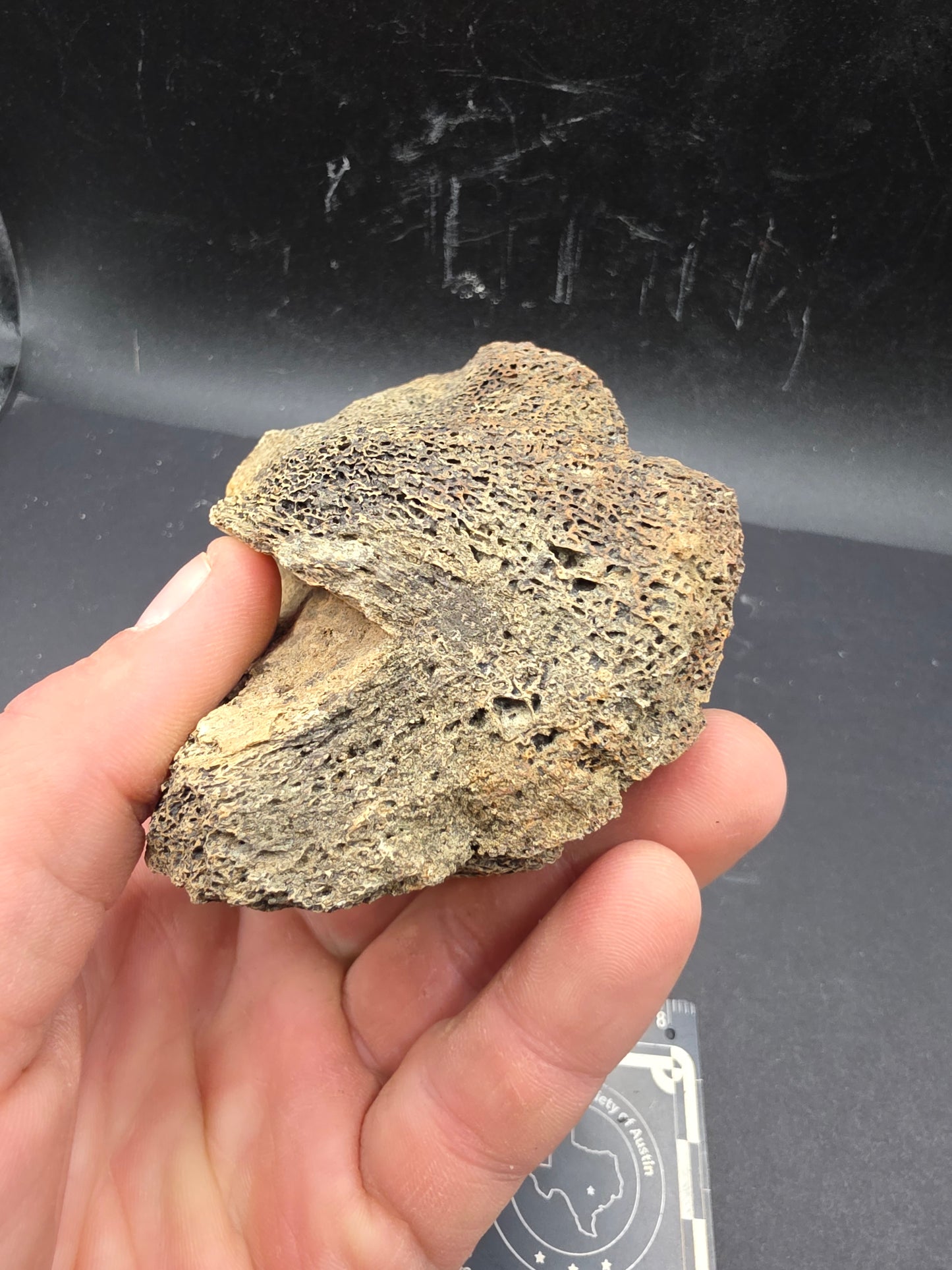
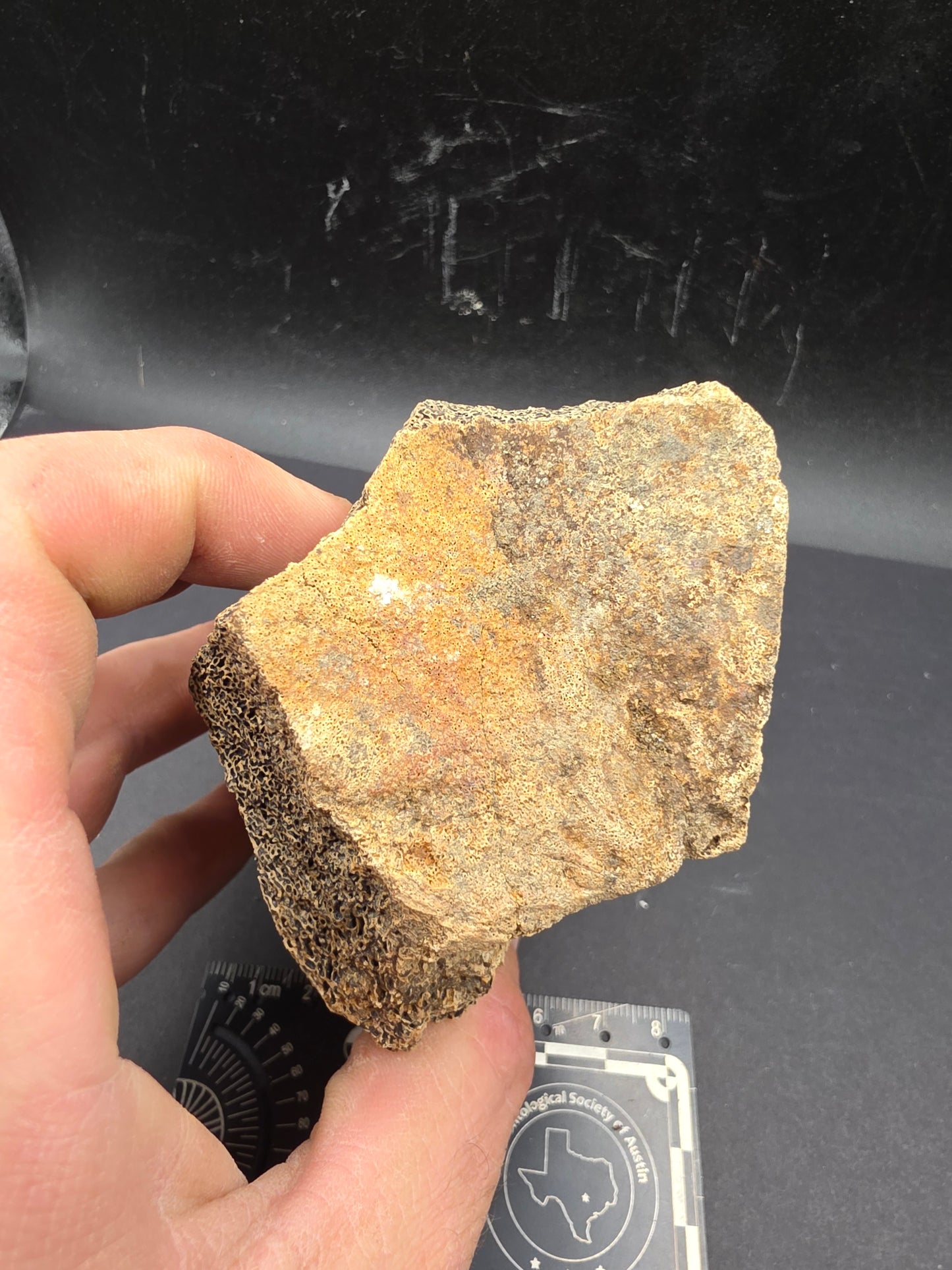
Subscribe to our emails
Be the first to know about new collections and exclusive offers.








